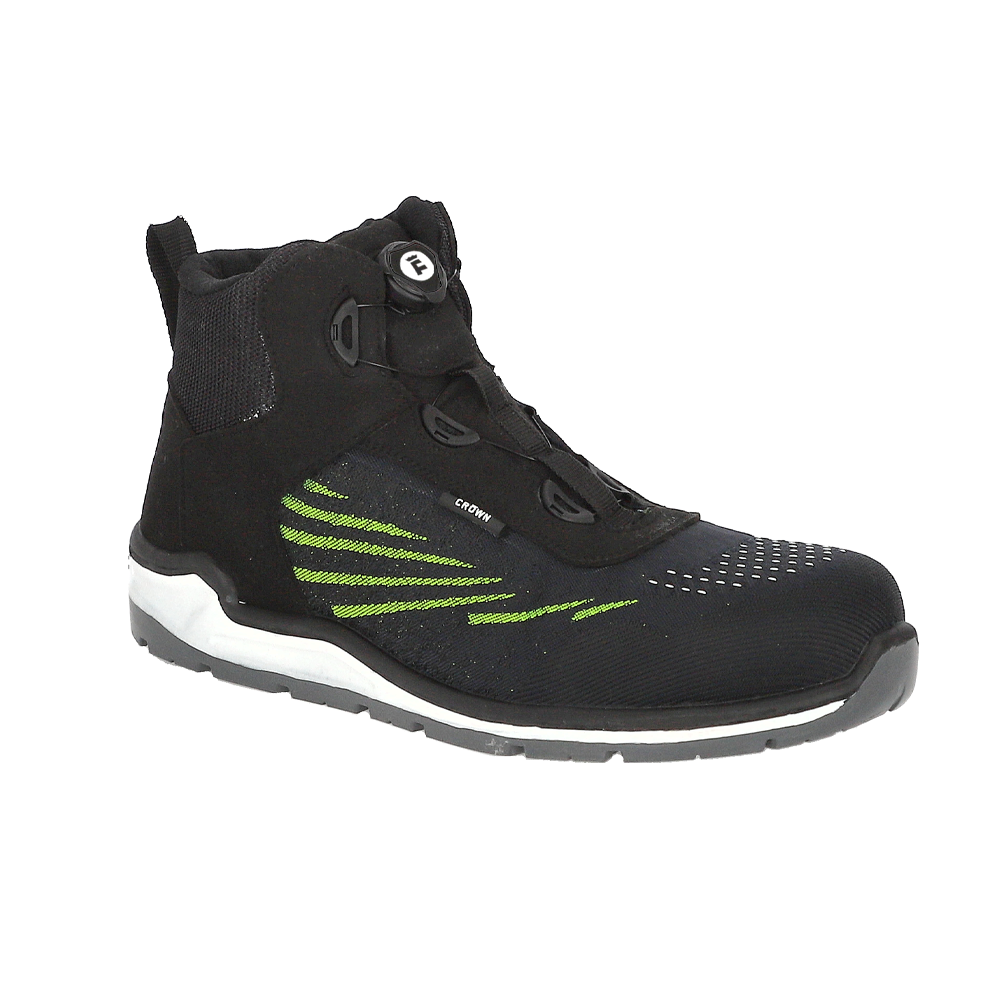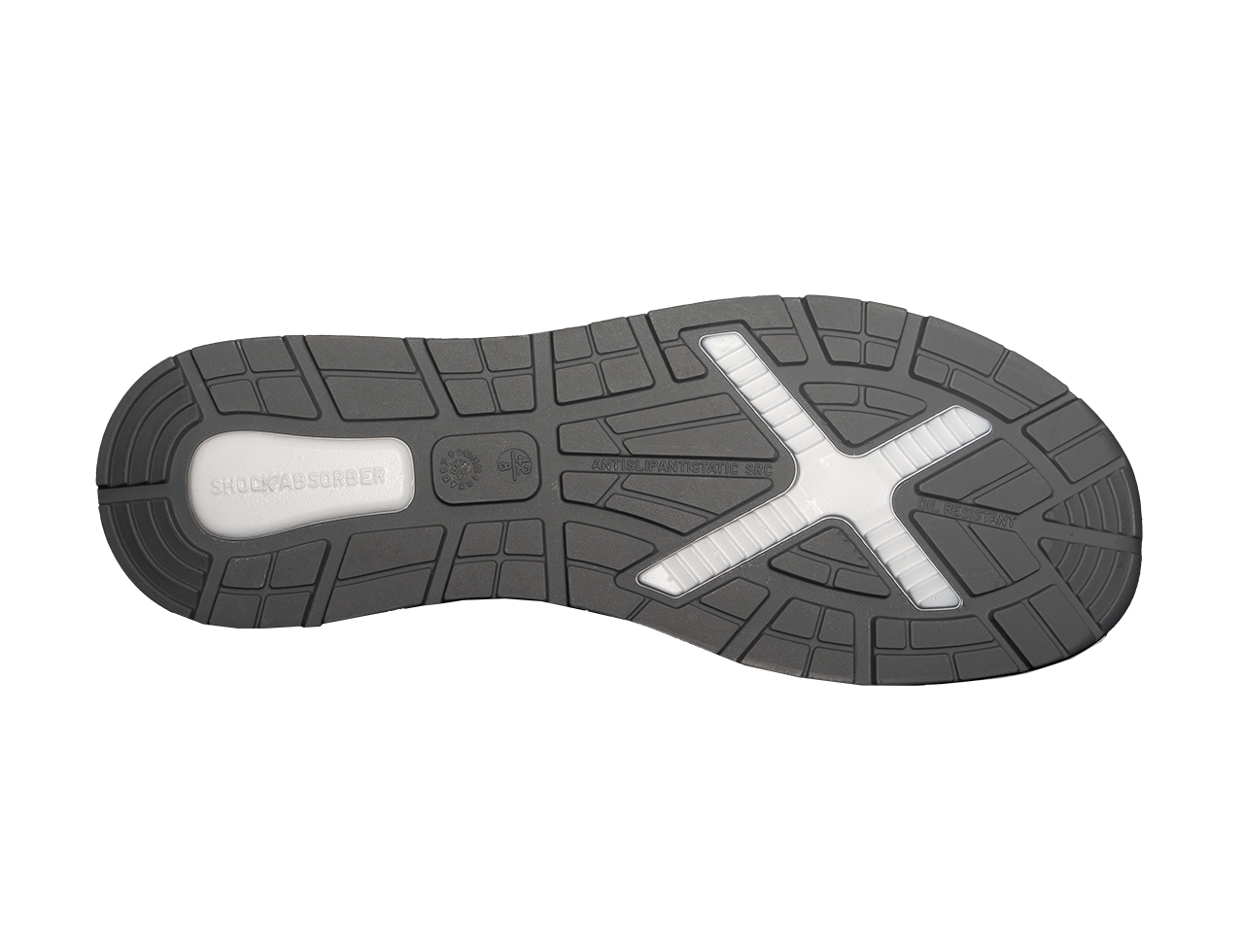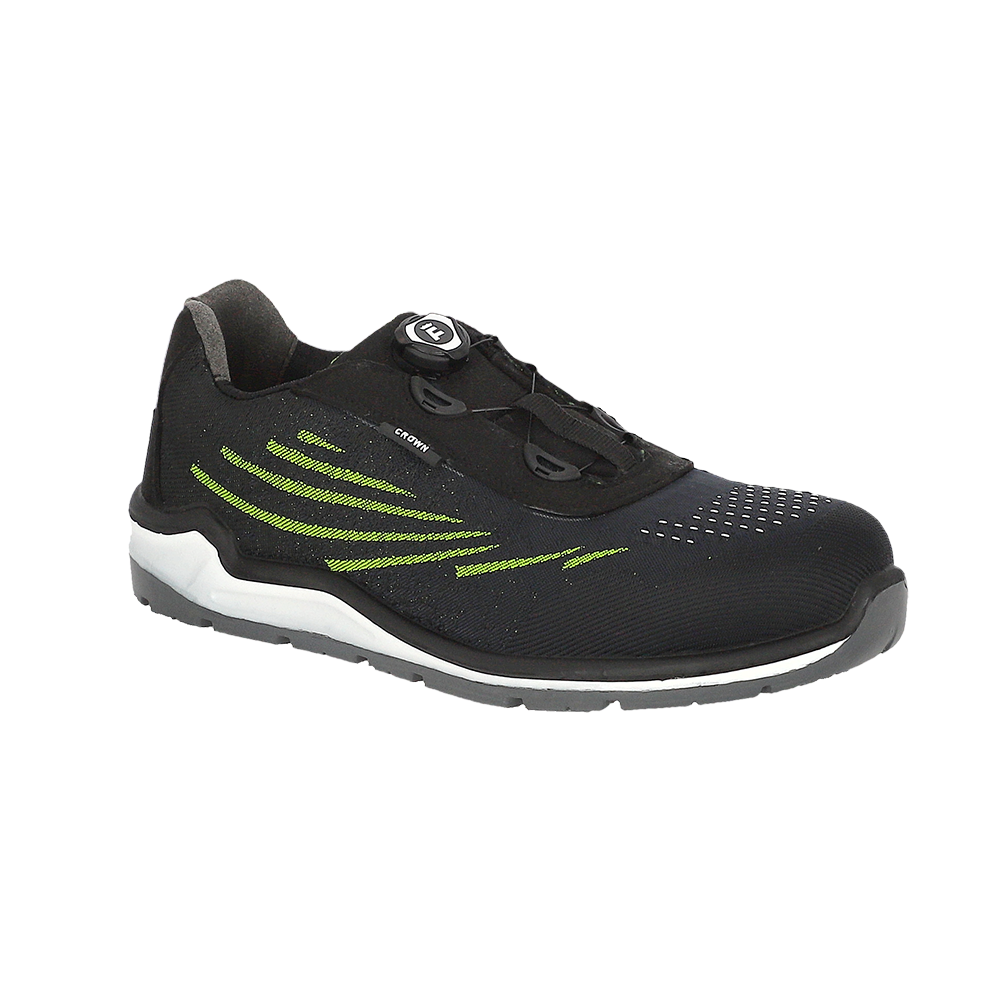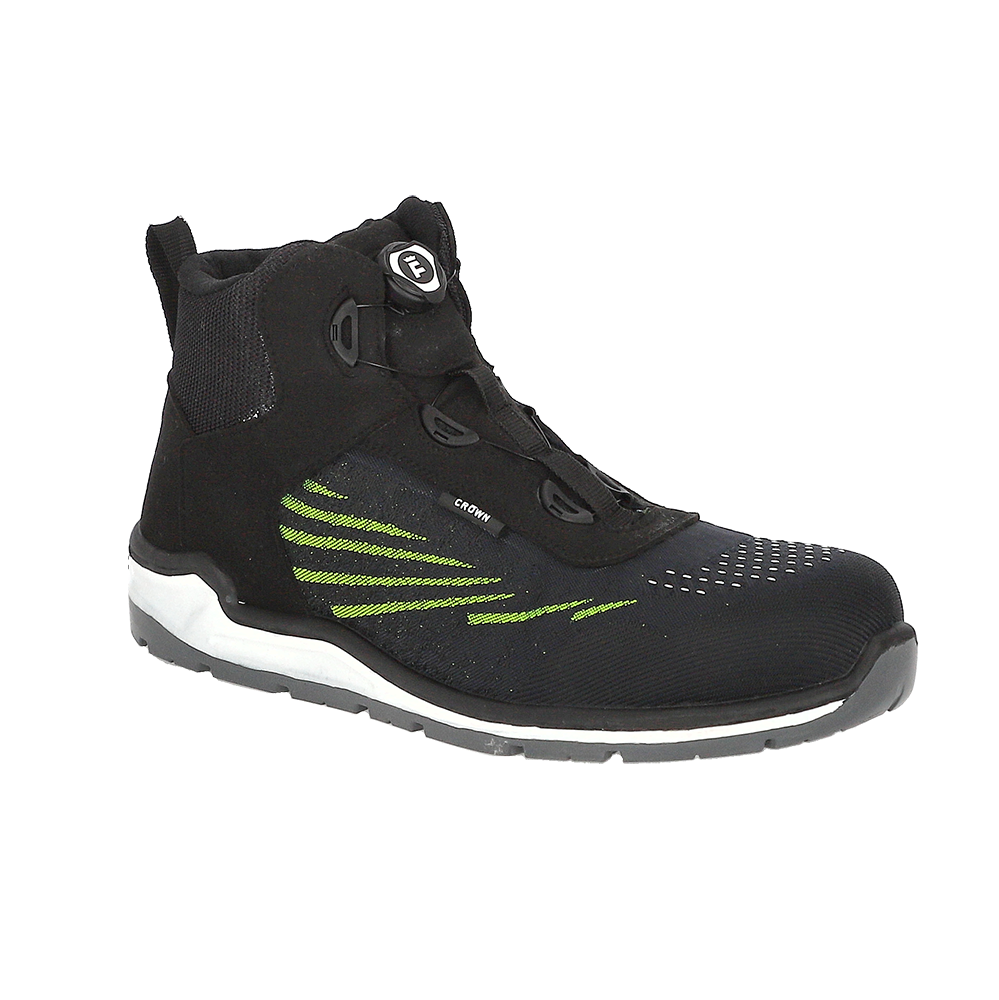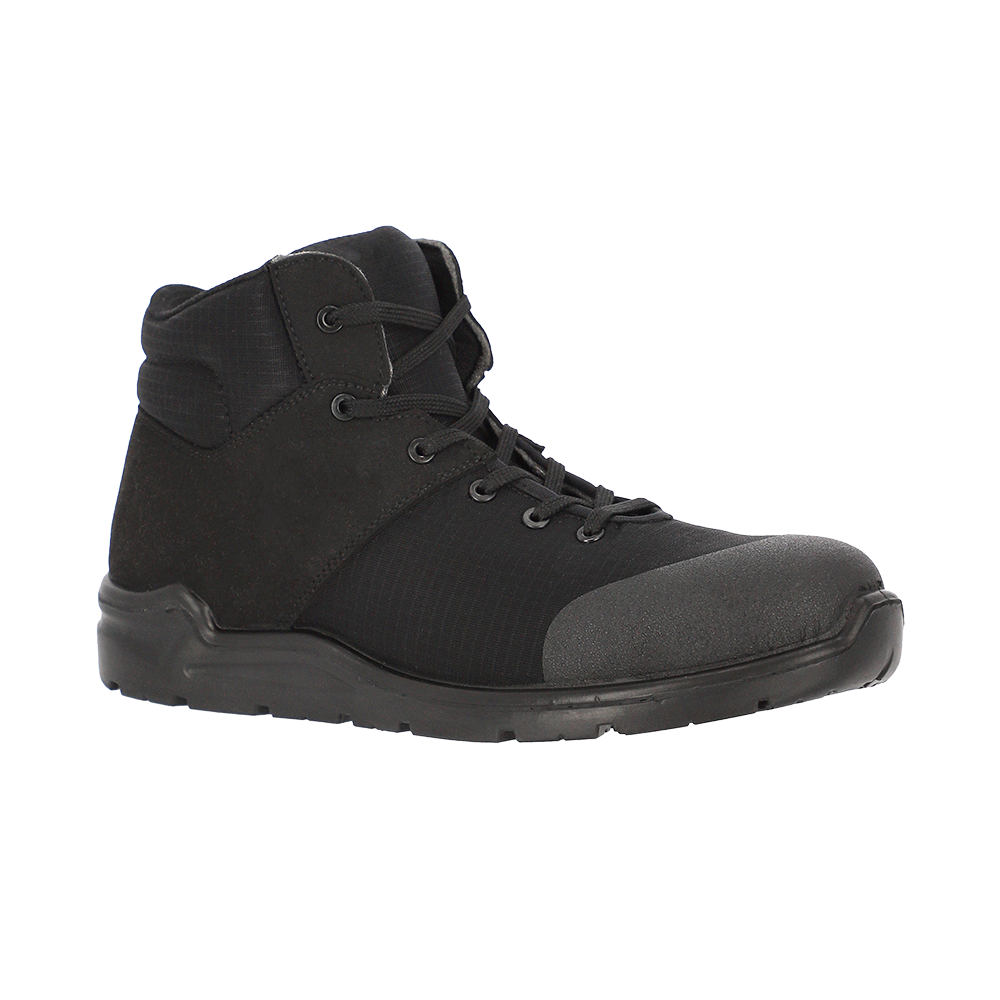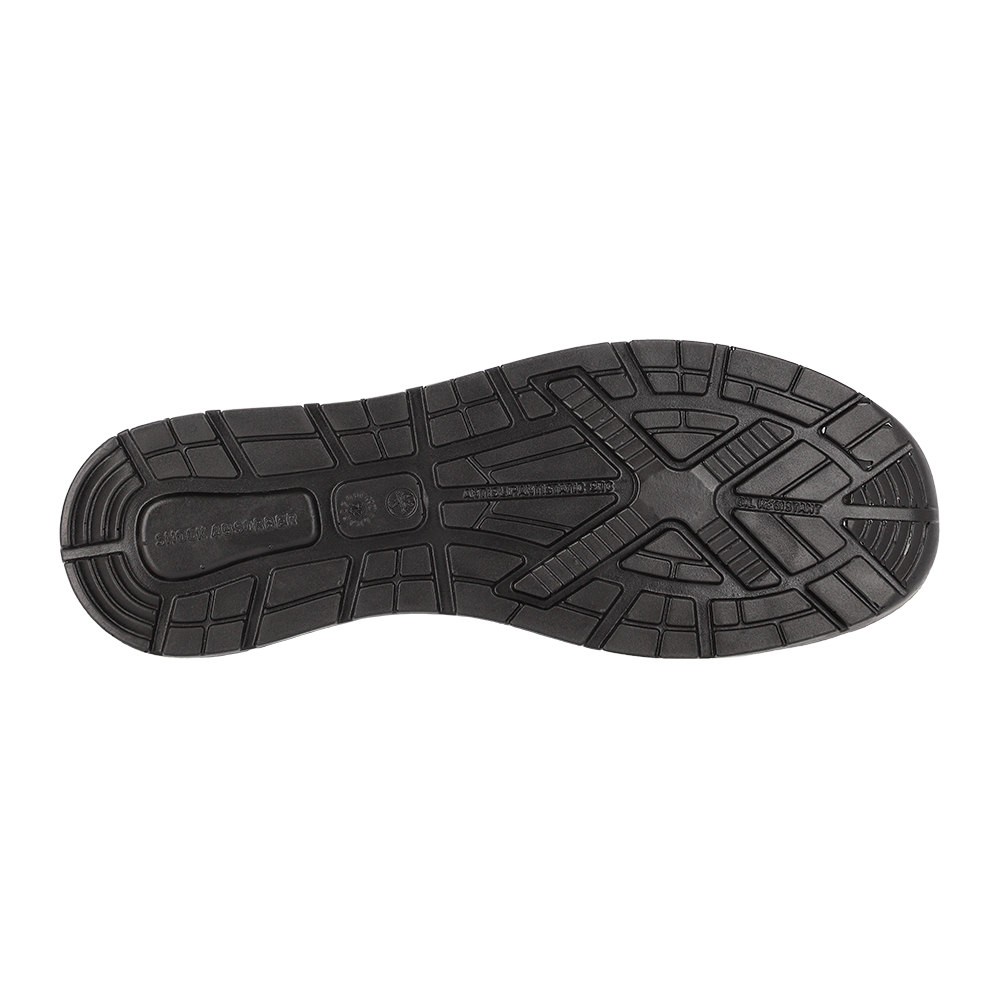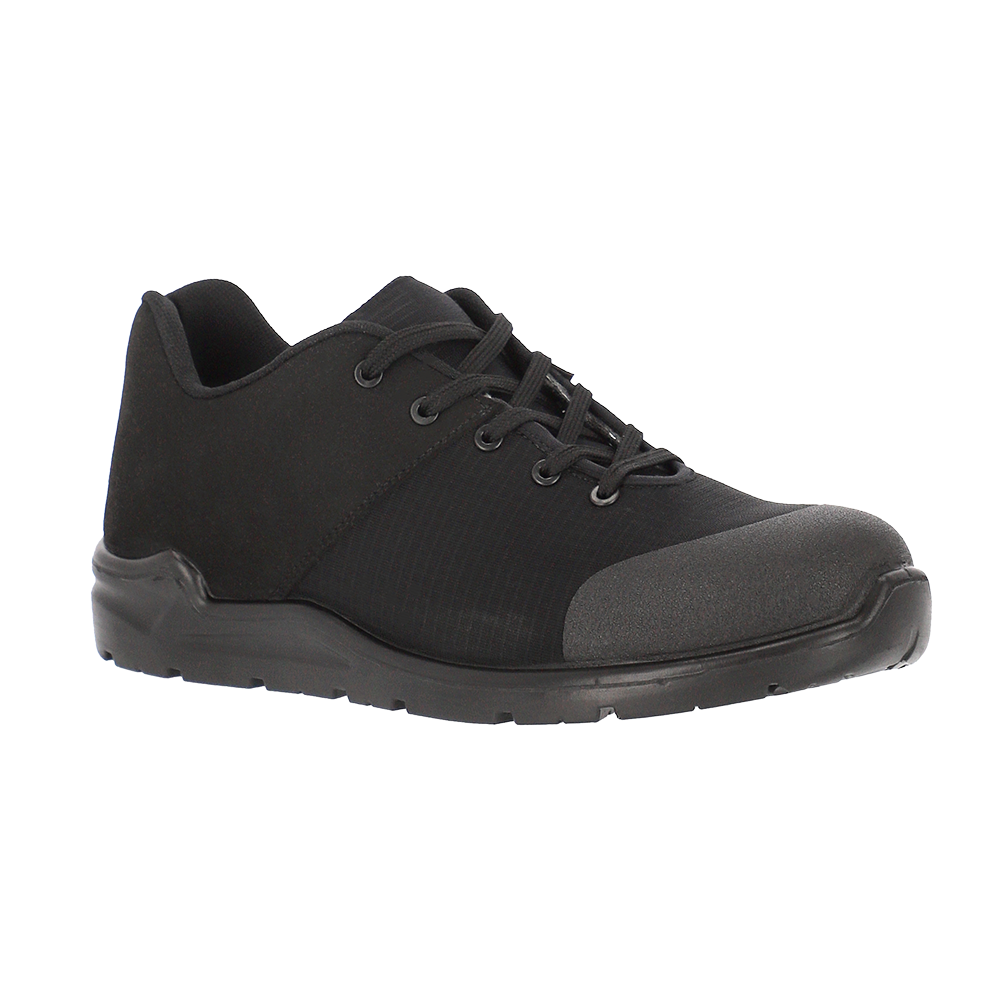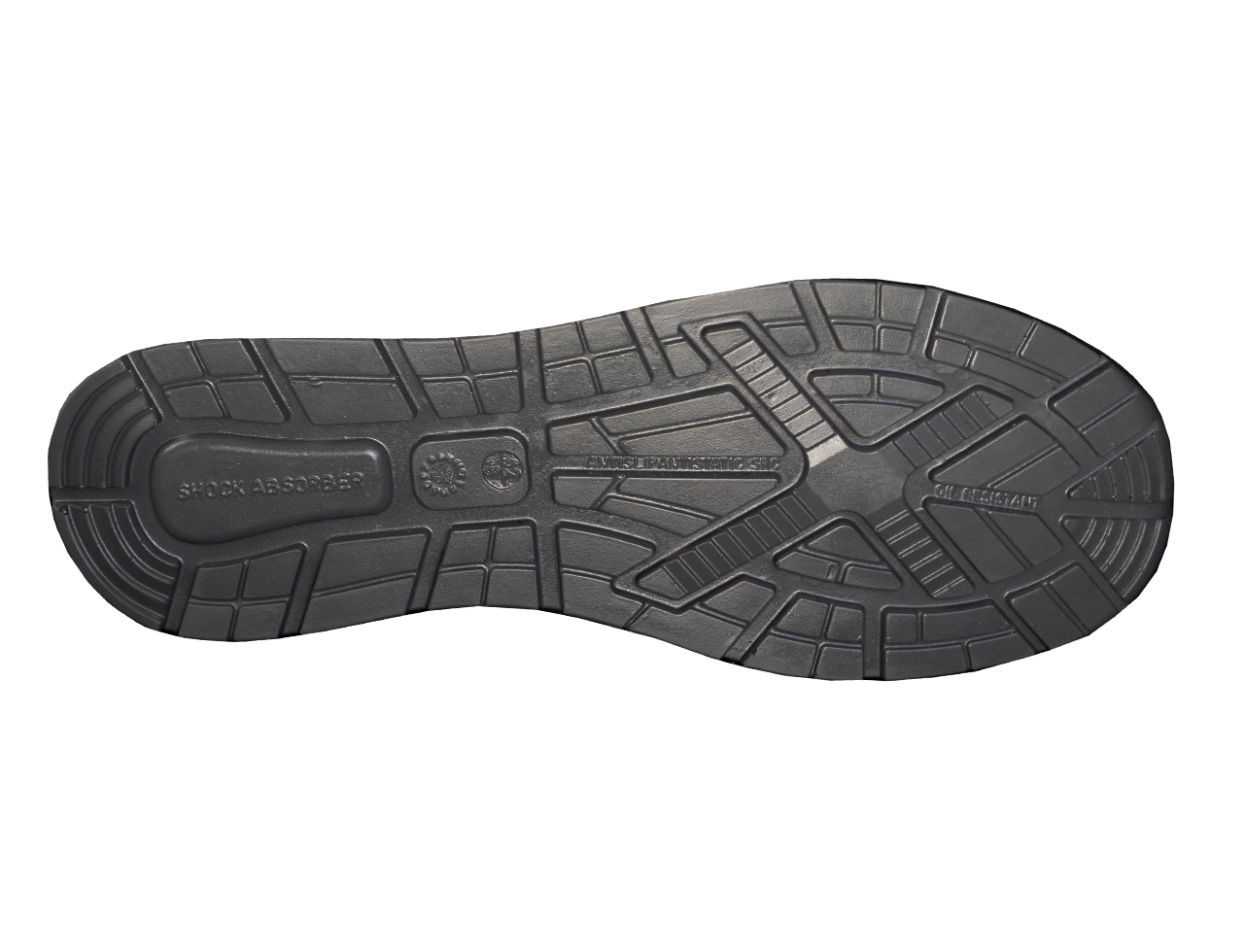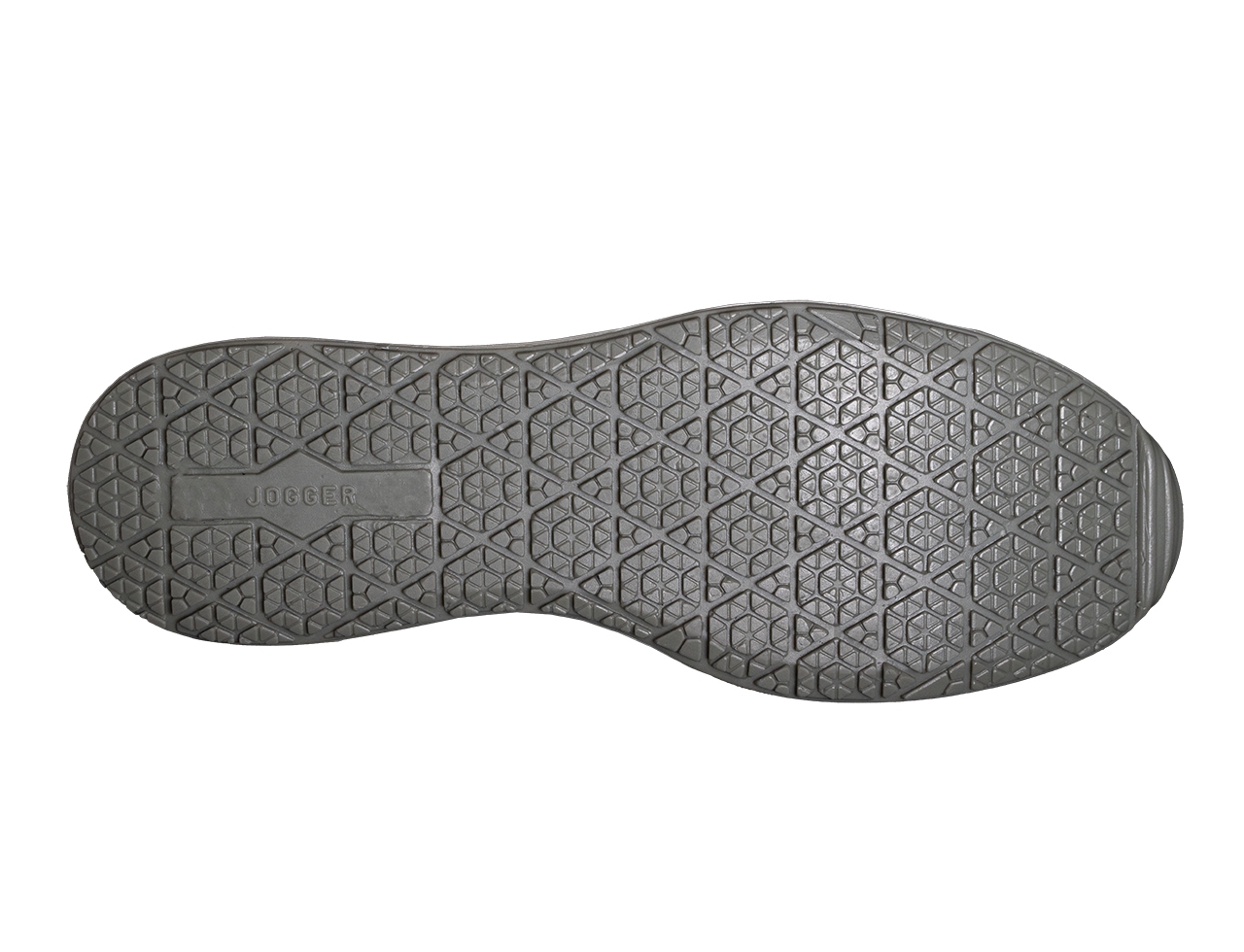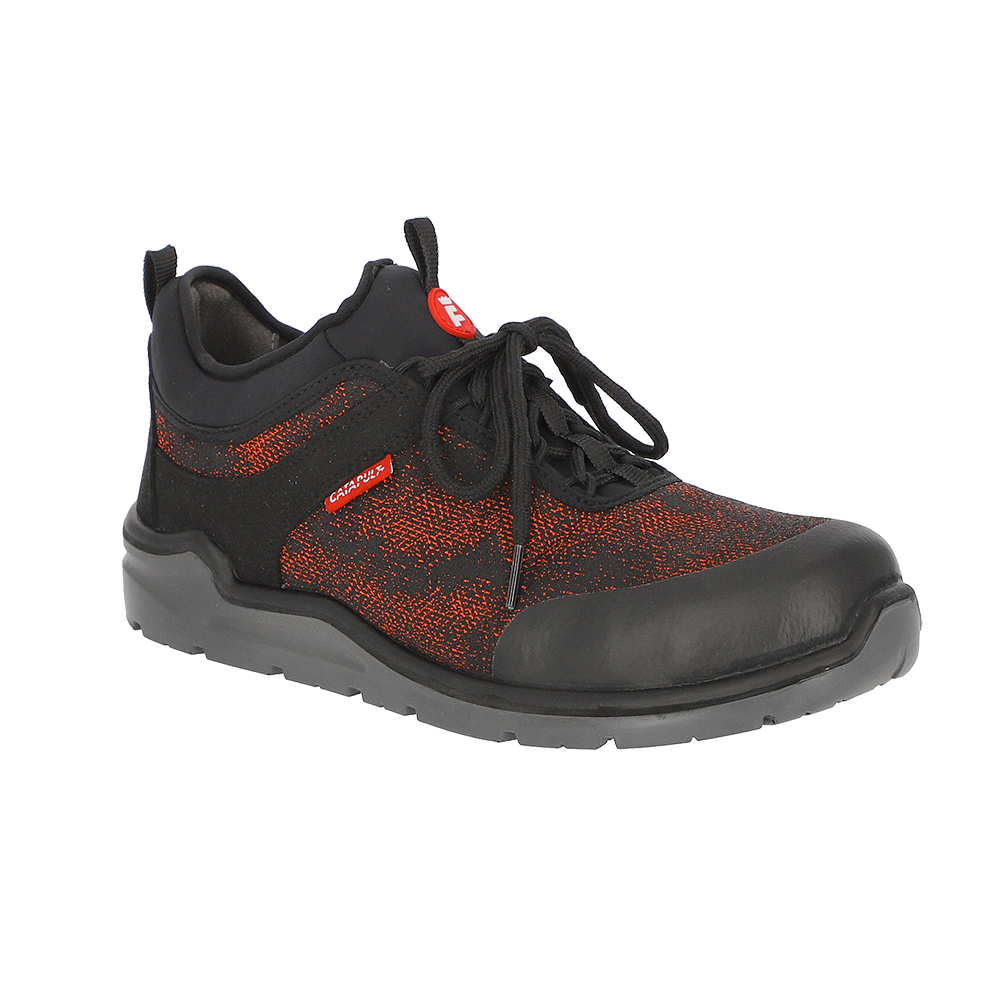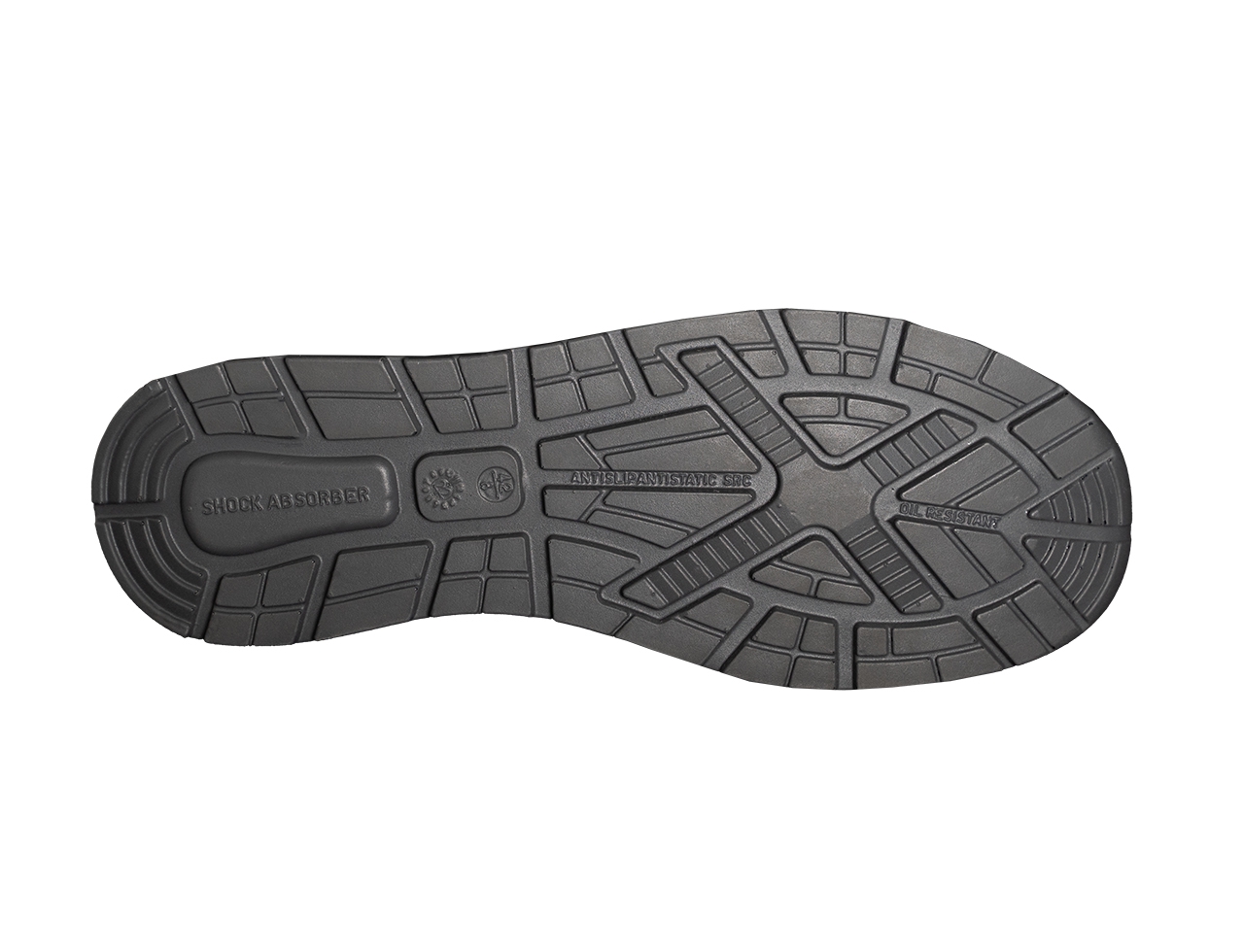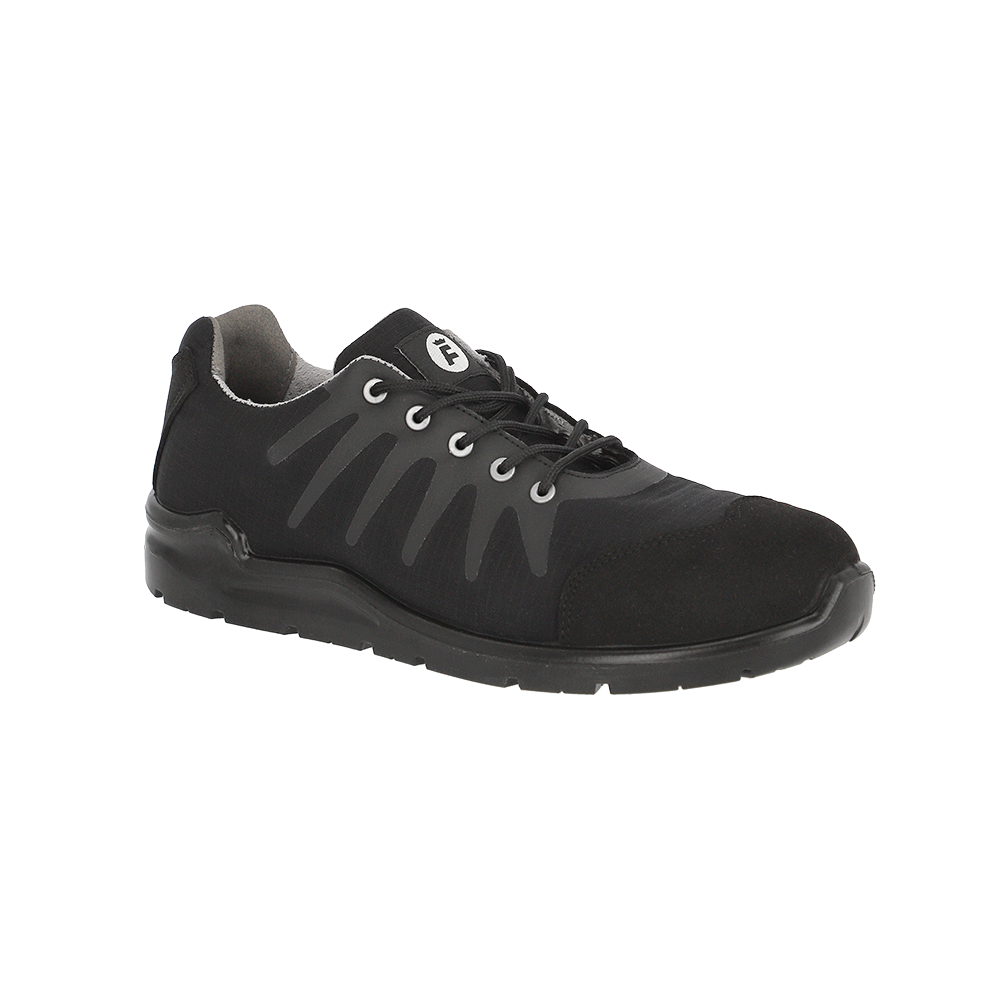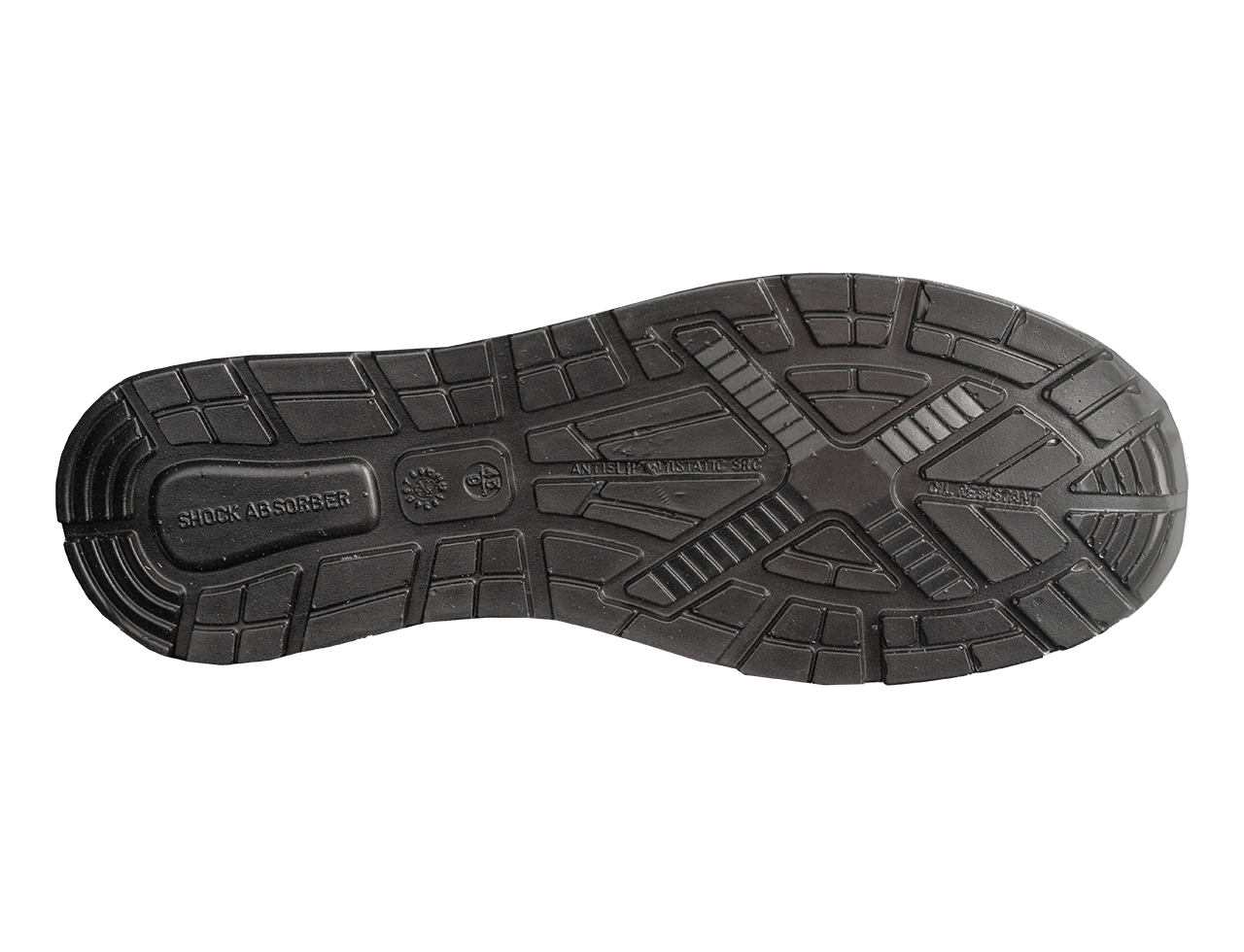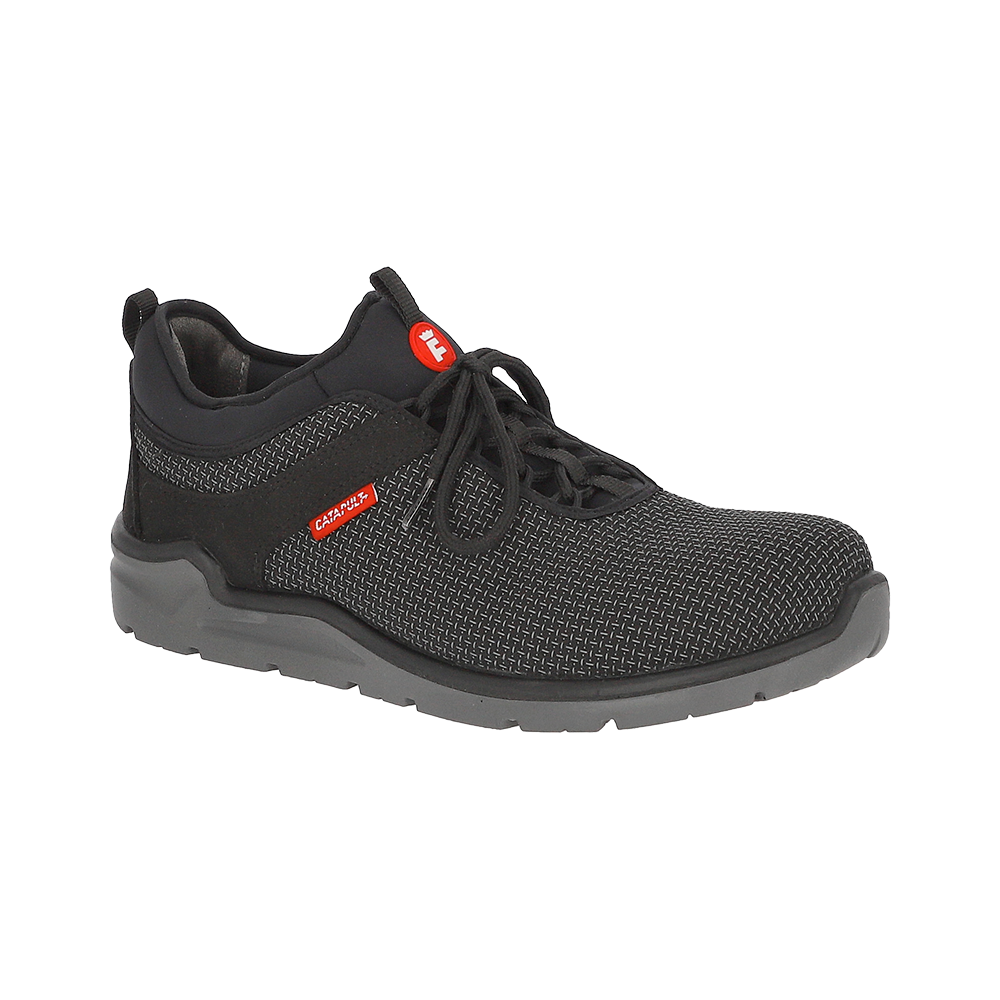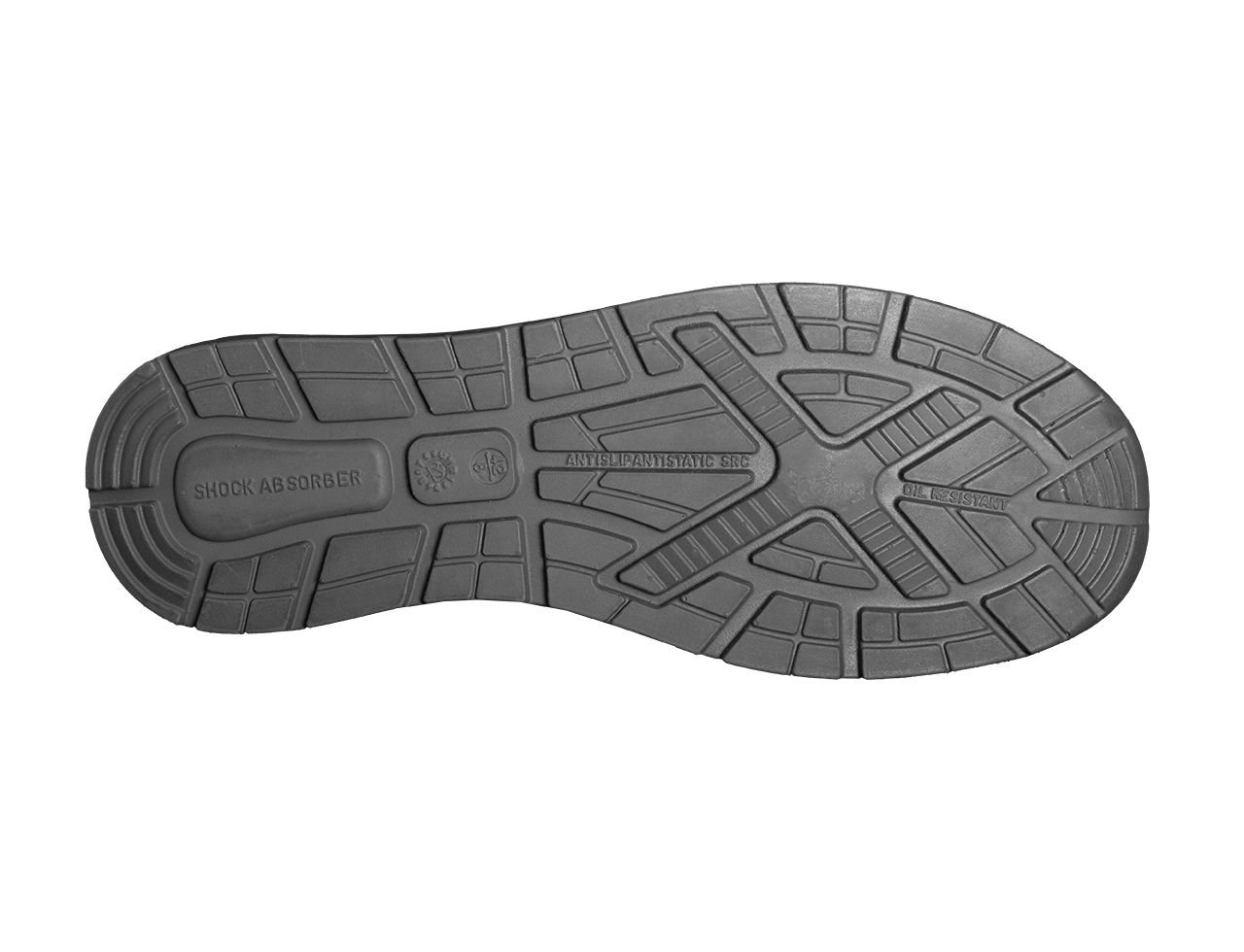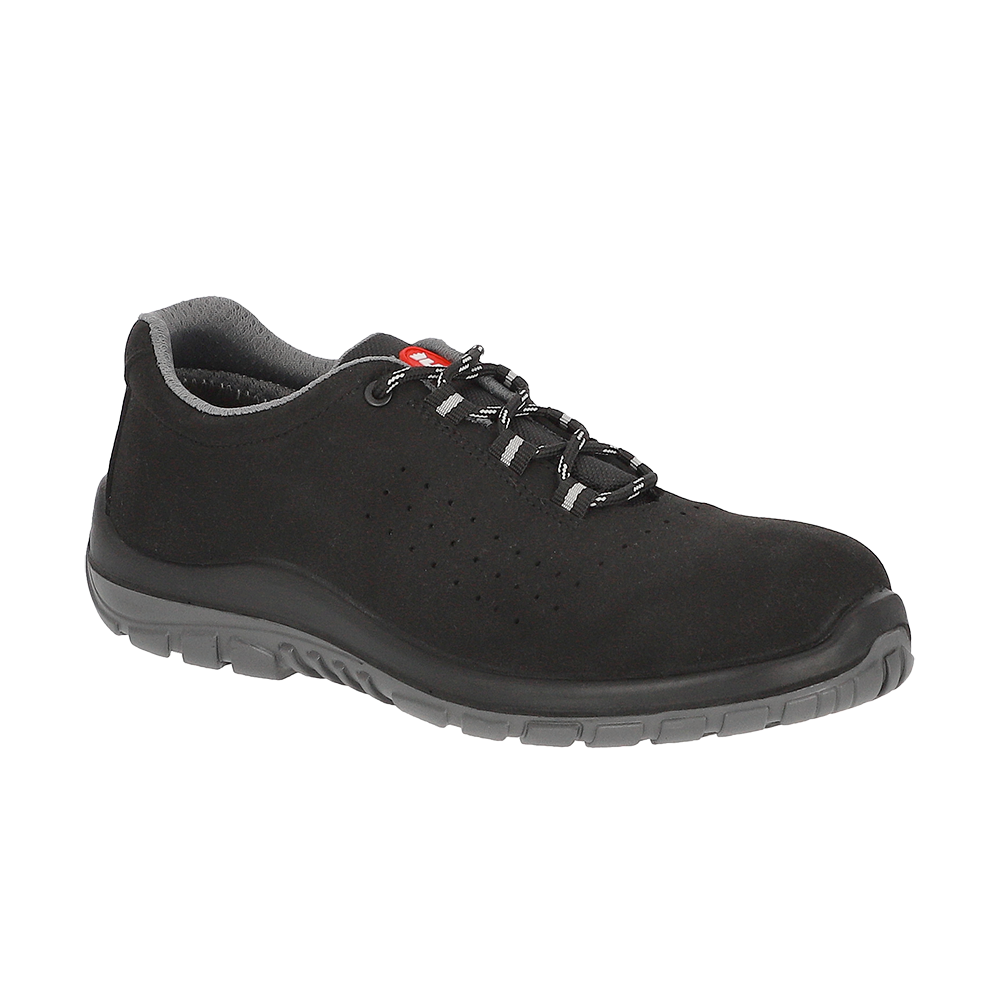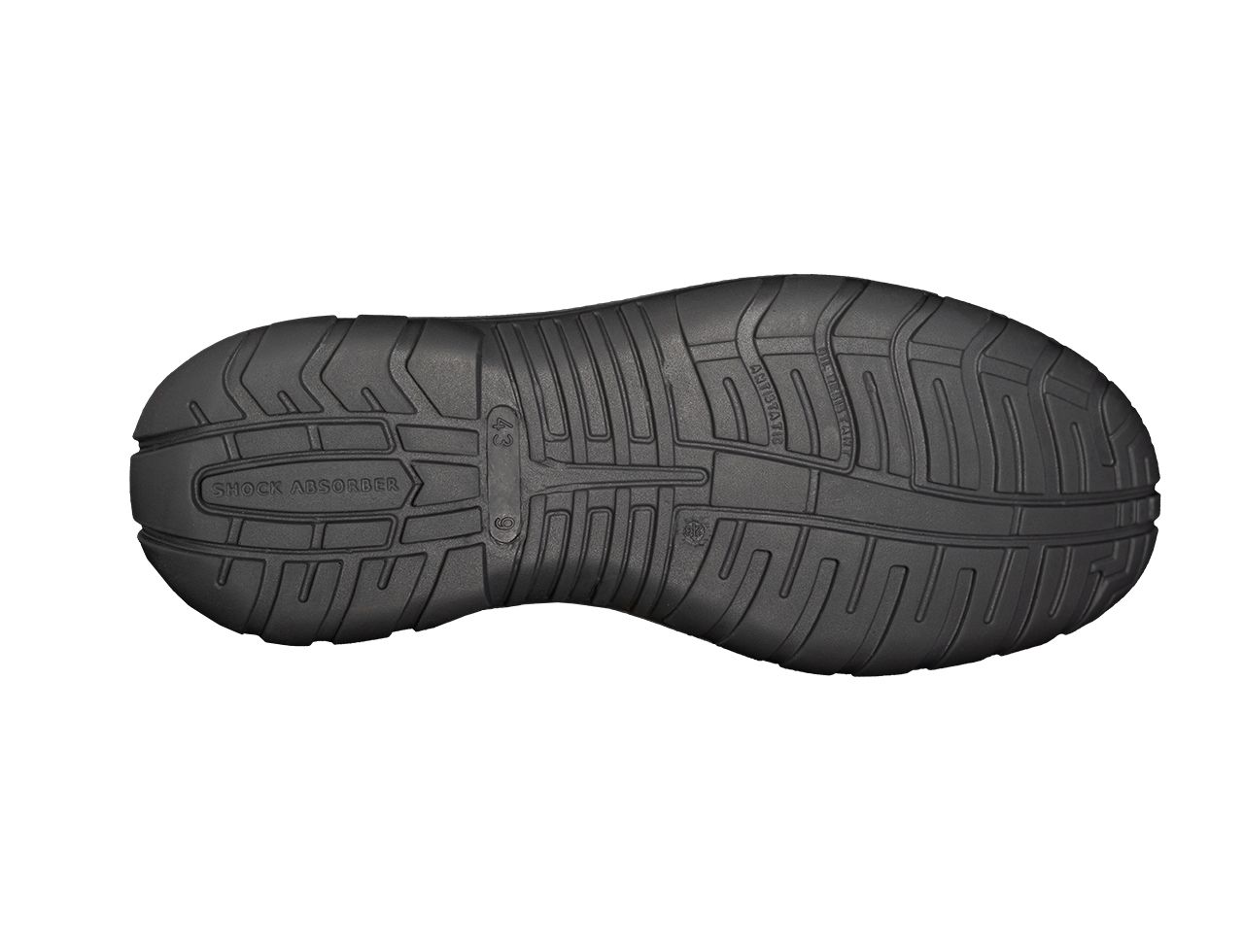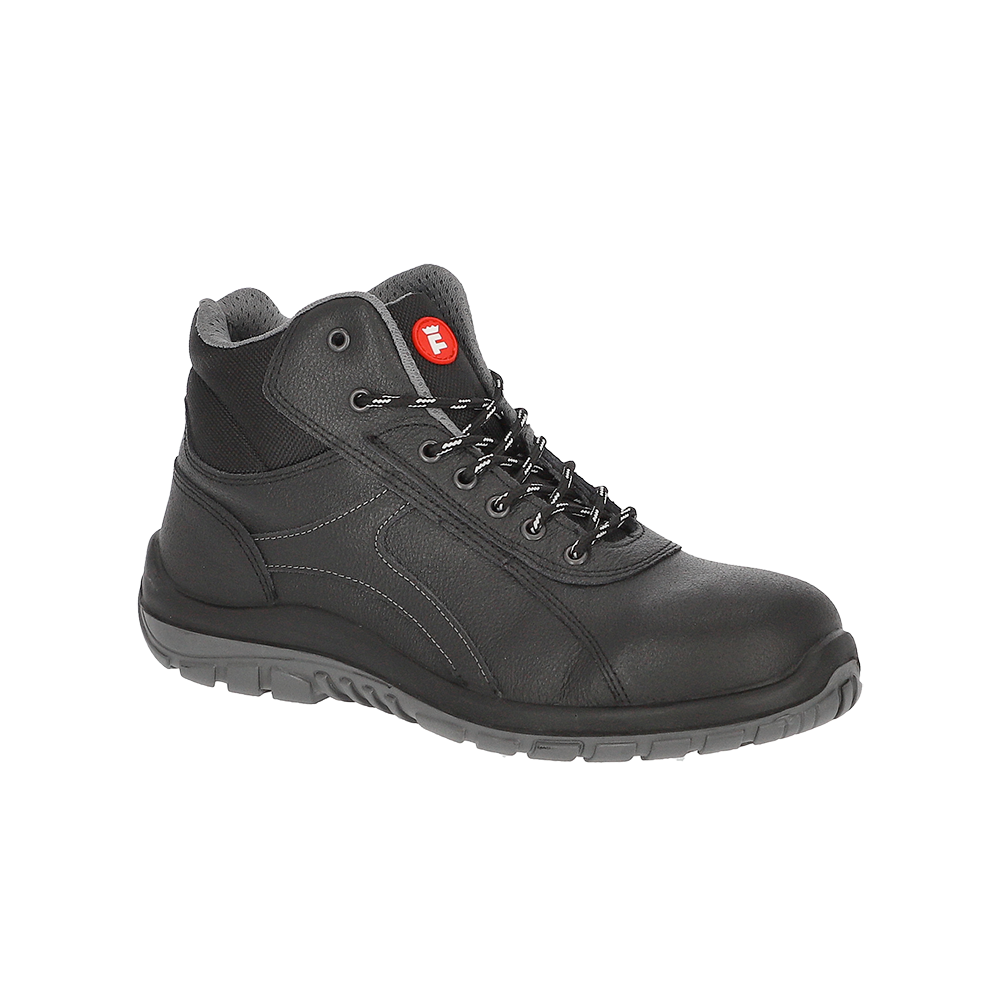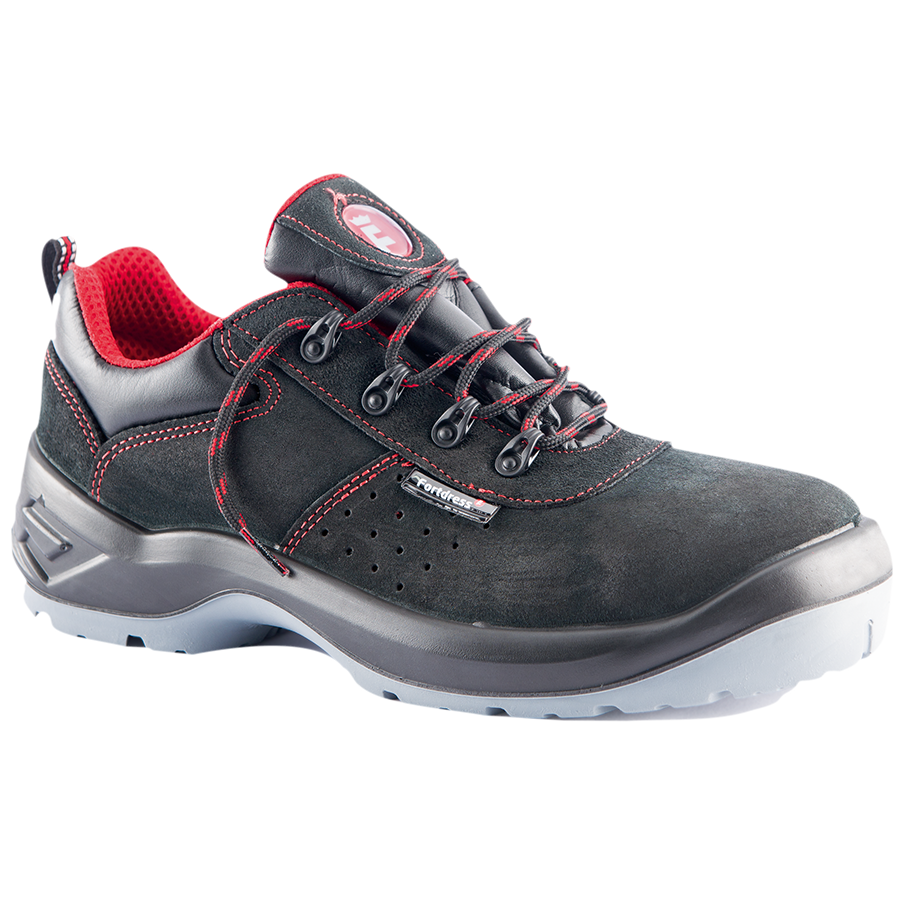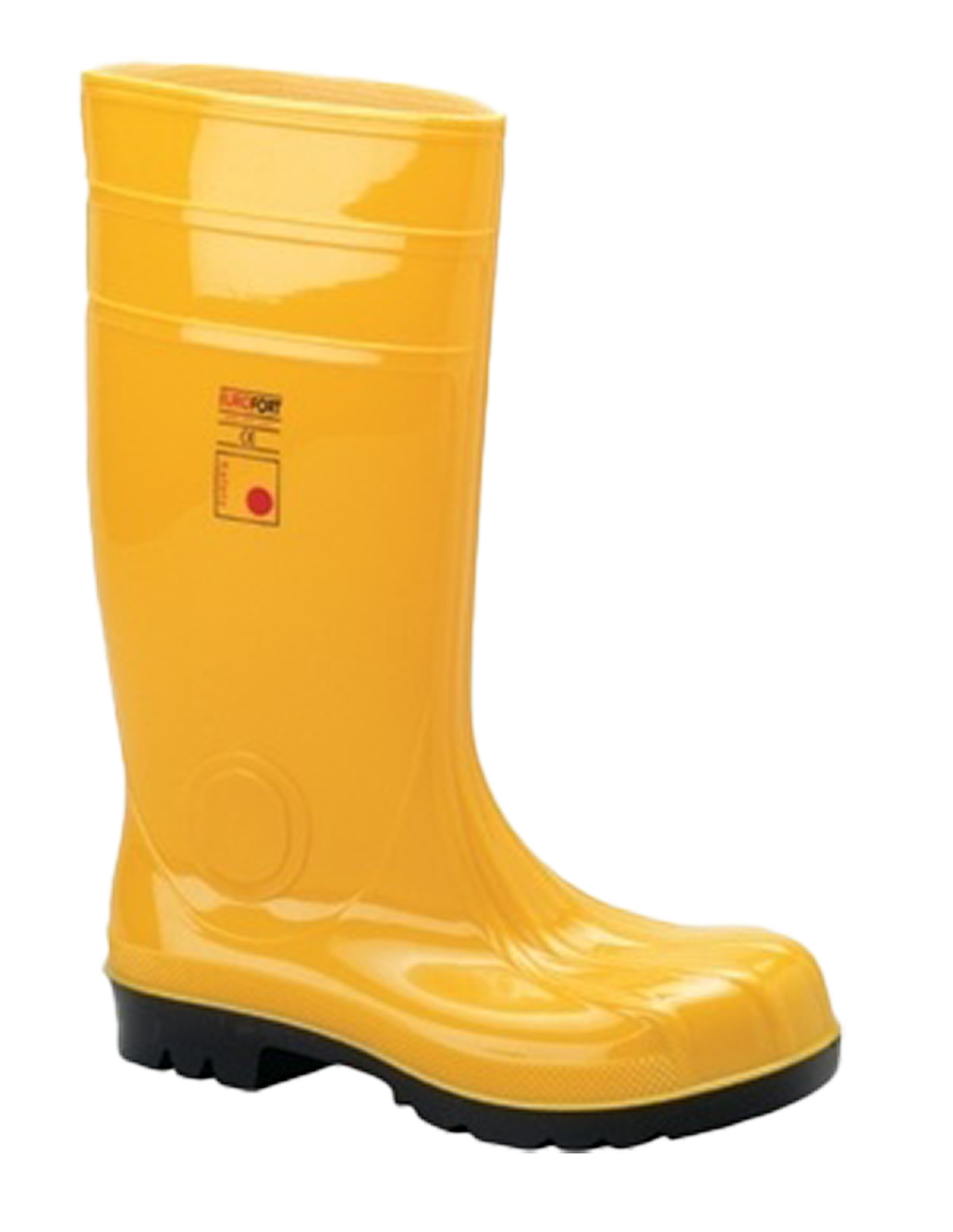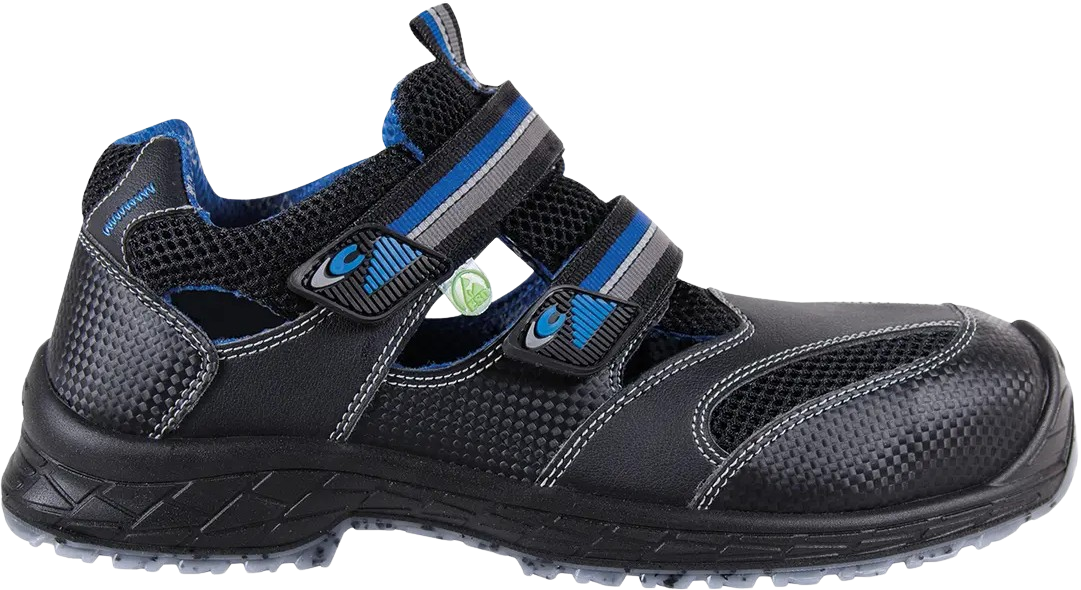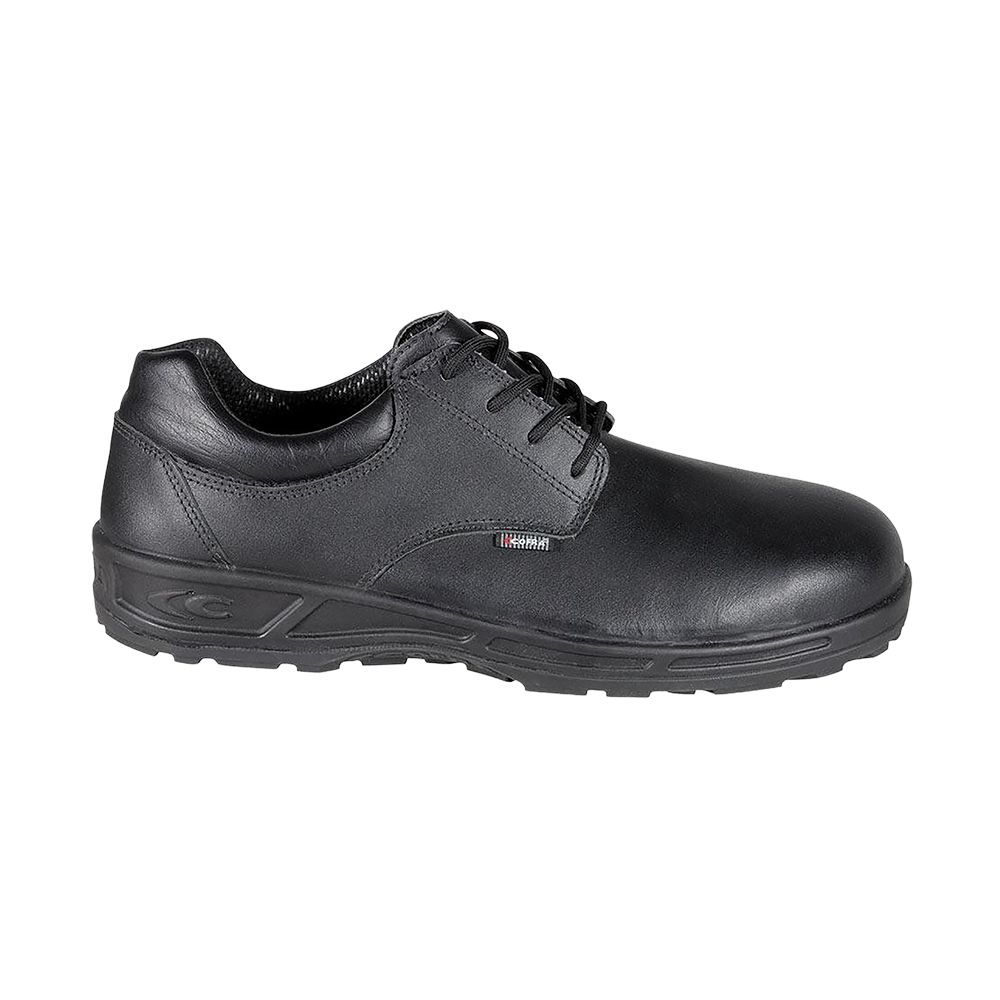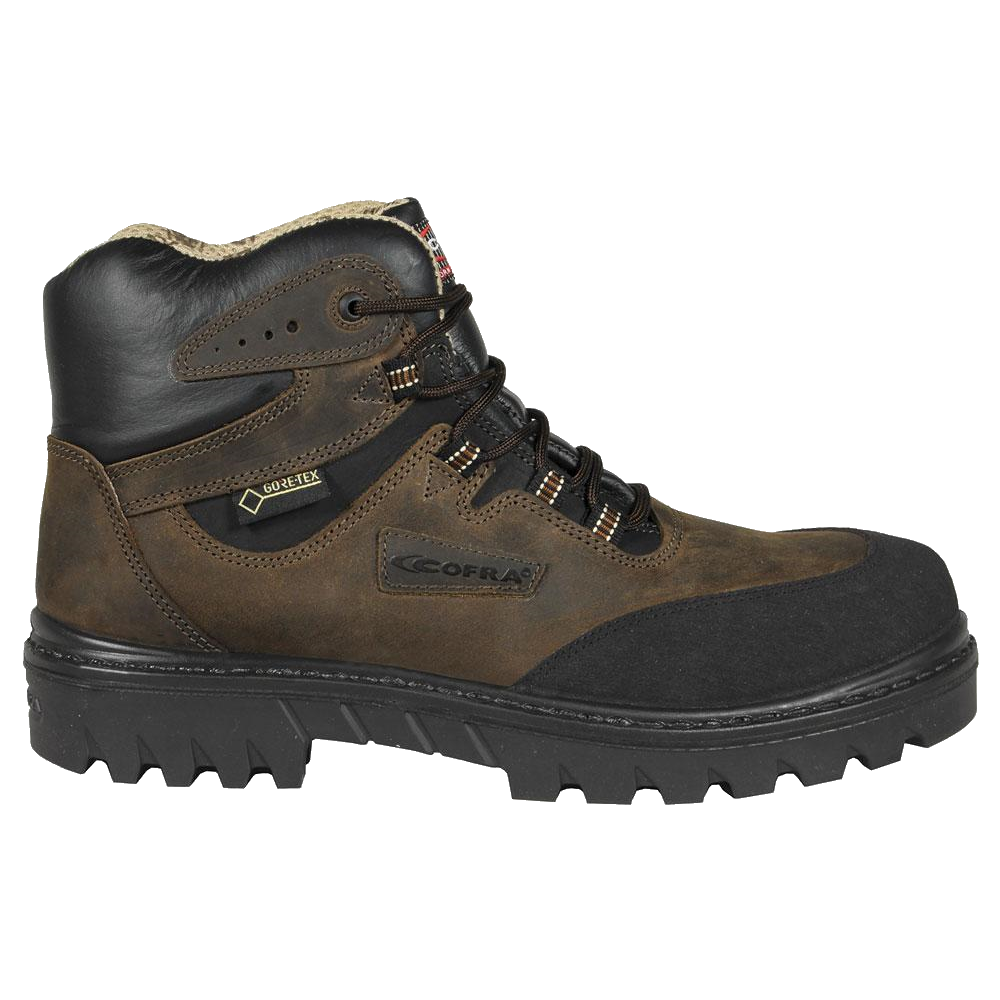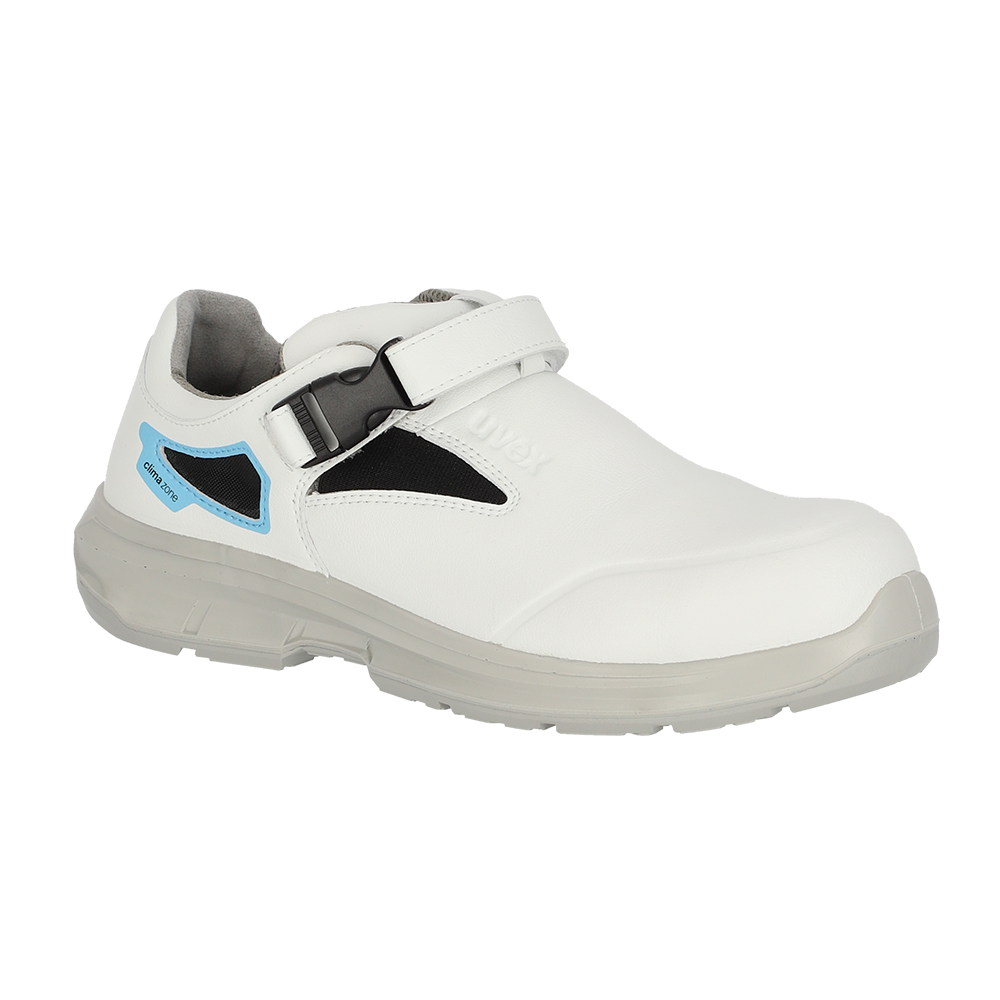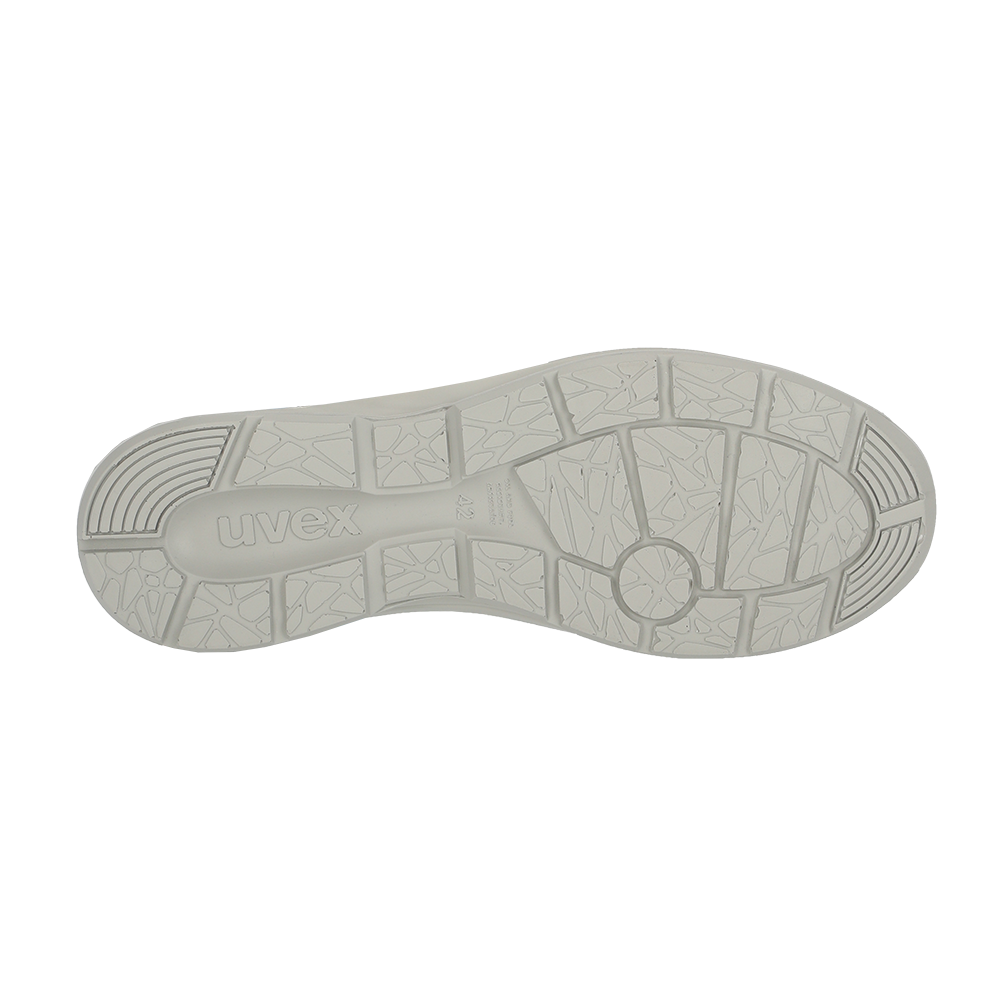Safety shoes – the necessary protection for many occupational groups.
In industry and logistics, different work areas require safety shoes. Our safety and work shoes in protection classes S1, S1 P, S2, S3 and S5 offer optimum foot protection. In addition to safety shoes, our range also includes work shoes. Anyone who gives their best every day at work needs safety shoes that support them in their tasks. Safety shoes that protect, are comfortable and fit perfectly. Choose the right shoe for your area of work!
















Optimal Foot Protection with Our Safety Shoes.
Regardless of the sector, be it industry, logistics, or production, appropriate foot protection plays a crucial role in many environments today. Below, we answer important questions about the ideal work shoe.
Why Are Safety Shoes Mandatory?
Safety shoes worn in the food industry and logistics must withstand high loads. They must help ensure high safety standards. Comfort, health protection, and practicality of the shoes are also important.
Safety shoes must not only meet necessary safety criteria but also ensure comfort, health protection, and everyday usability.
Tips for Wearing Work Shoes.
It is important that your work shoes fit your feet well. Wearing shoes that are too large or too small can reduce strength, stability, and comfort. Do you use insoles? Check if standard insoles can be removed from the work shoes. This can increase comfort. Also, wearing the right socks (e.g., thermal socks) can enhance comfort.
What Does the Standard EN ISO 20345 Define?
The EN ISO 20345 standard defines the requirements for safety shoes in commercial use. It specifies both basic and optional requirements to protect the wearer from work-related injuries.
What Does the Standard EN ISO 20347 Mean?
Occupational shoes fall under category O. They usually do not have a toe protection cap. However, if a cap is present, there are no specific requirements for it. The use of these shoes depends on the type of work and the tasks performed by the wearer.
What Specific Hazards Are Present in the Workplace?
Identifying potential risks in the work environment, such as falling objects, sharp materials, electrical hazards, slippery surfaces, and extreme temperatures, is crucial. Understanding these hazards helps in selecting shoes with the appropriate safety features, such as steel toe caps, puncture-resistant soles, and insulation.
What Is Mondopoint?
Mondopoint is an internationally recognized system for determining shoe sizes that takes into account the exact length and width of the foot in millimeters. Originally developed for ski boots to provide a uniform size indication, this metric system now offers a precise and standardized method for determining shoe sizes, differing from conventional sizing.
Primarily, women tend to have narrower feet, so safety shoes are usually offered in width 10. Men, on the other hand, have broader feet with a width of 11. Safety shoes for men are generally offered in this width.
What Is the Difference Between an Occupational Shoe and a Safety Shoe?
The difference between occupational shoes and safety shoes is that safety shoes are equipped with a protective cap made of metal or plastic at the front of the shoe to protect the toes.


